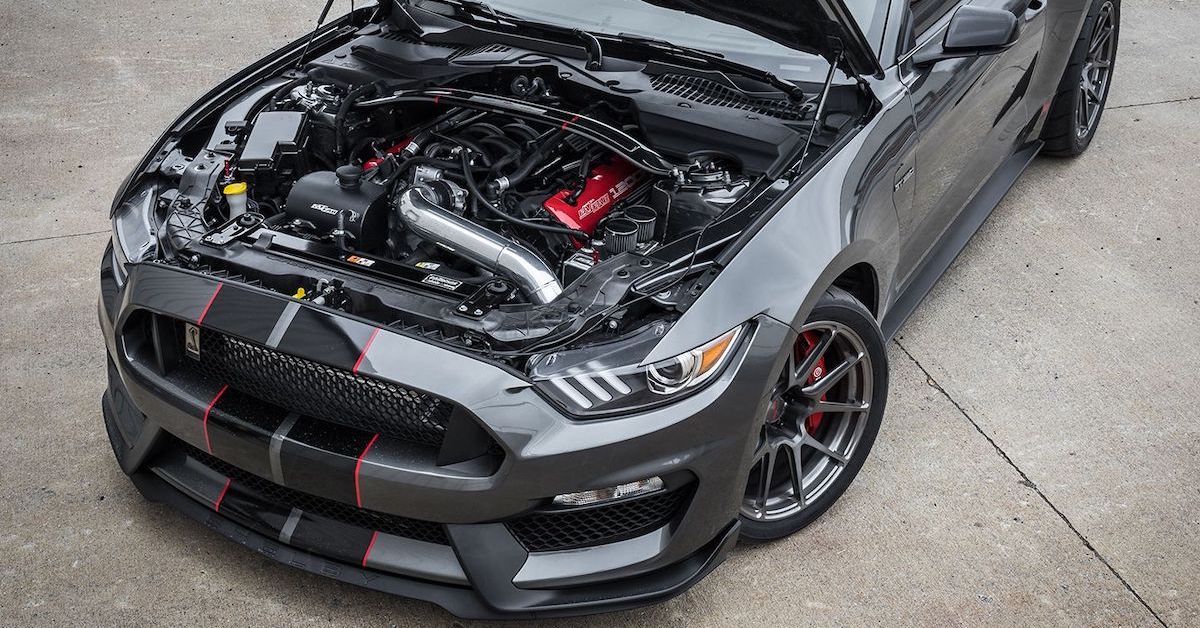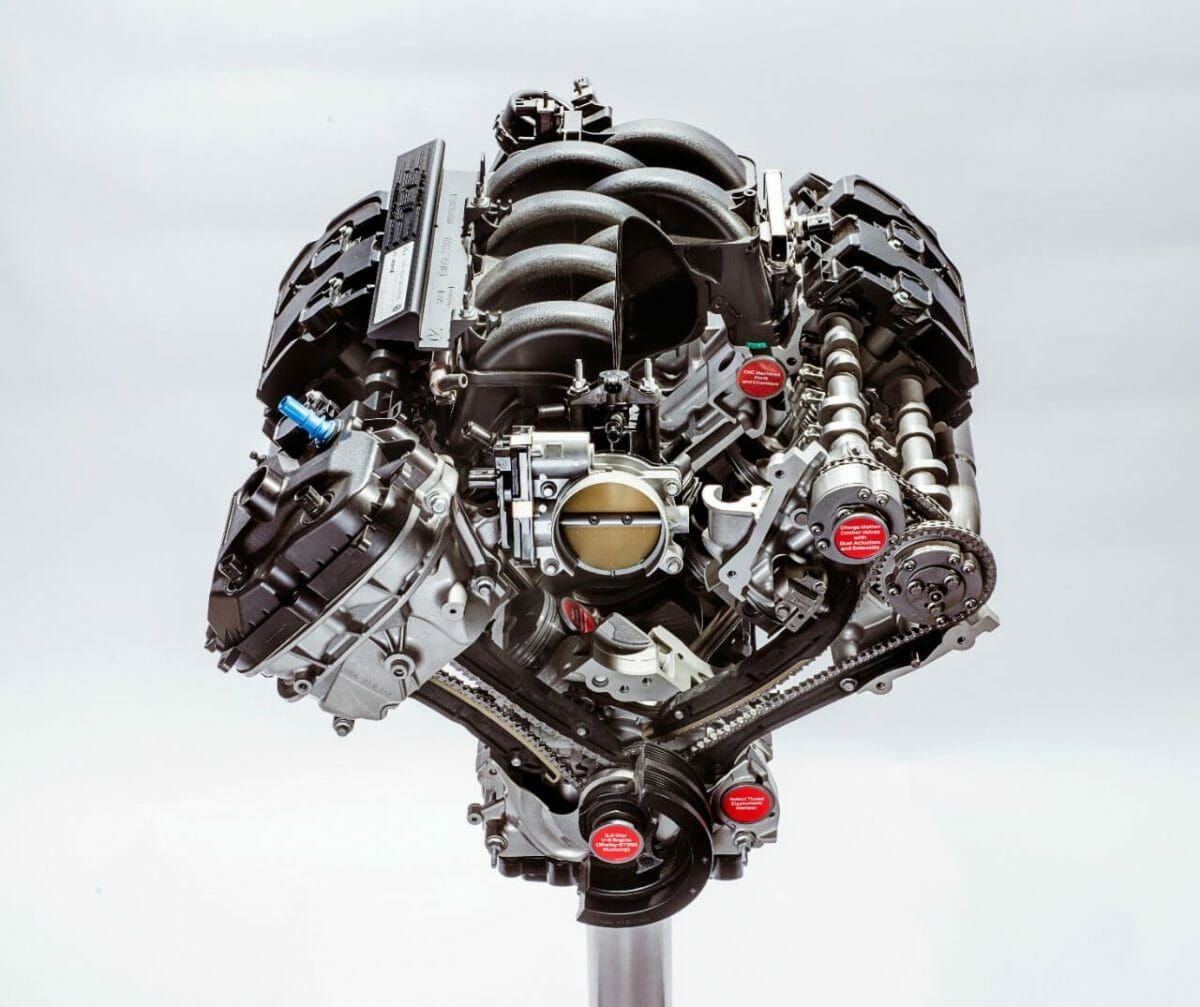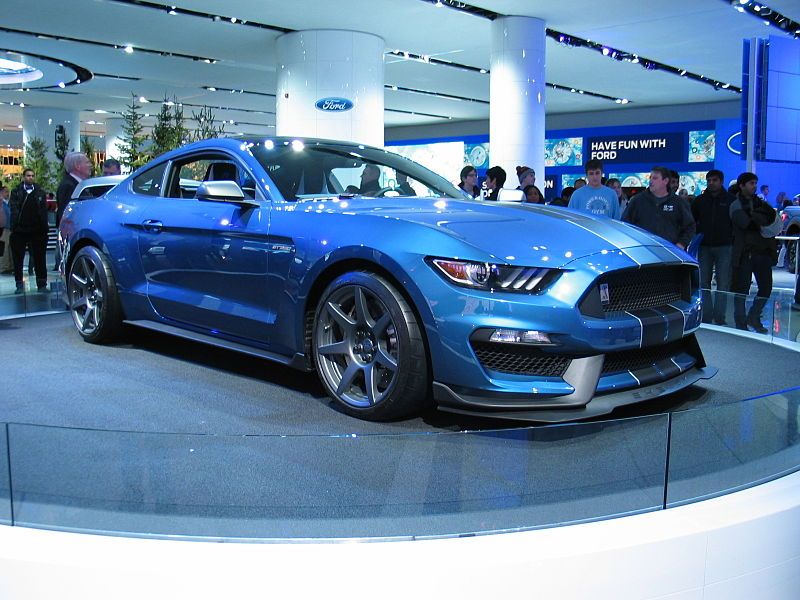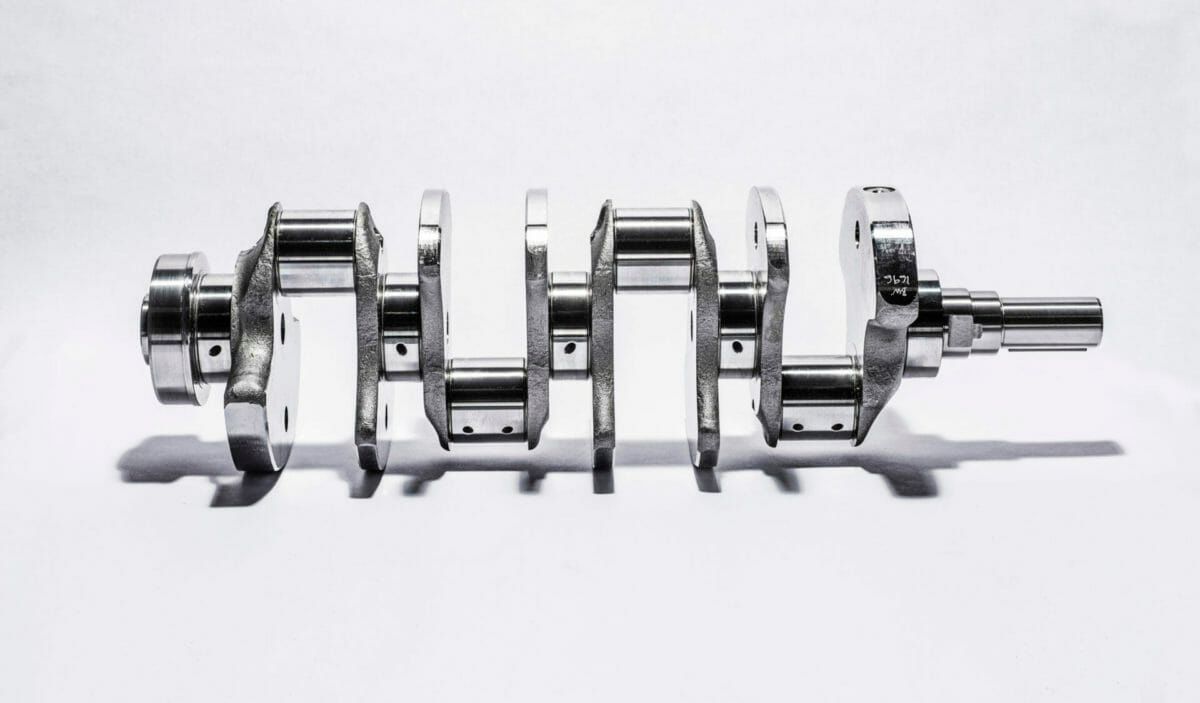The year 2020 wasn't the best as governments, societies, and businesses around the world were suddenly overtaken by a novel pandemic it was unprepared for. As if on cue with the saying, "when it rains, it pours," the same year brought the end of what is verifiably the next best thing since Carroll Shelby – the Mustang GT350 and its track-oriented GT350R muscle cars.
Be as it may, the world rebounded from the crippling coronavirus while Mustang fans found consolation in the upcoming 760-hp limited-production Shelby GT500 slated as the most powerful road-going Ford car ever. In fact, the rumor that the Blue Oval axed the pony cars to divert the market’s attention to the GT500 couldn’t have been far-fetched.
But the Voodoo engine that powered the GT350 and 350R will never be forgotten. The 5.2-liter Voodoo V8 revs faster and higher despite that the big brother GT500’s 5.2-liter supercharged V8 (aptly called Predator) generates more horsepower than even the track-oriented GT350R (526 horsepower). Let’s examine the Voodoo.
Detailed Look At The 5.2-Liter Voodoo Engine
Terms like “Predator,” “Coyote,” and “Voodoo” sound sinister, which is obviously an impression the Blue Oval hoped to make by naming its performance engines using intimidating terms that suggest sorcery and other-worldly power. But it certainly didn’t take sorcery for the Voodoo V8 to receive a Ward’s 10 Best Engines Award in 2016.
Ford’s Voodoo engine is a 5.2-liter (315 cu in/5.163 cc) evolution of the Coyote engine and a member of the marque’s modular engines, which the automaker produced from 1990. Ford developed the Voodoo specifically for its latest iteration of the Shelby GT350. The mill is hand-built at the marque’s Romeo Plant on the Niche Line, as does the automaker’s performance engines. However, the Voodoo stands out by featuring a flat pane crankshaft design.
Developed on the 5.0-liter Coyote engine, the Voodoo V8 featured a raised bore and stroke up from 3.63-inch bore and 3.65-inch cylinder stroke to 370 and 3.66; and a raised compression ratio from 11.0:1 to 12.0:1. Redlining at 8,250 rpm, the Voodoo could generate 526 horsepower at 7,500 rpm and 429 lb-ft of torque at 4,750 rpm.
Remembering The Voodoo-Powered Shelby GT350R
It was instant love at first sight for the American muscle car community when the Blue Oval launched the GT350R 6th-gen Mustang in 2016. Of course, the Voodoo engine was ready the previous year, specially prepared for the Shelby GT350 and later the GT350R. It's near impossible not to be charmed by the car; if the bold, aggressive styling and blood-red color don't do it for you, the 5.2-liter flat-plane crank V8 certainly will.
You’d never get used to watching the Mustang lift its chin upon hard acceleration, thanks to an available 526 horses delivered to the rear wheels via a 6-speed manual transmission. Cars get blessed with official awards all the time, but the street- and track-cred of the Mustangs is the real source of its legendary repute. If the GT350 must go, it must do so with a bang. We expected nothing less from Ford– and that’s exactly what the Blue Oval did in 2020, encapsulating everything improvable about the GT350 in its four-year roll into one final track-focused GT350R.
Ford would be out of its mind to touch the signature wide wheel arches and imposing front grille, so it left them alone and focused more on updating the interior tech like the FordPass Connect. The absence of a rear seat in the track-oriented GT350R is a no-brainer. But even the road-going Mustang Shelby GT350 is no shy pony, either.
Gun it on the track if you have the stomach to keep going past the tamer 4000 rpm to the 8250rpm redline churned out by the Voodoo V8, and reward yourself and observers with an ear-splitting soundtrack unique to the Shelby. The Voodoo could propel the GT350R from 0 to 60 mph in 3.8 seconds, the quarter-mile at 12 seconds and 120mph. With a $74,630 MSRP tag around its neck, the final Shelby GT350R cost around $5,000 more than its previous iteration.
The Ford Mustang Voodoo V8 Engine In Details
Ford’s Voodoo engine is a naturally aspirated DOHC (dual overhead camshaft) V8 mill that belongs in the automaker’s modular engine family. Although Voodoo shares many components with its 5.2-liter Predator big brother, the Voodoo’s flat-plane crankshaft, as opposed to cross-plane cranks, is a primary differentiating factor between the two.
The flat plane design allows the Voodoo to weigh less and rev faster and higher than the Predator since it requires fewer counterweights. The Voodoo’s crankshaft configuration is also responsible for sending that unique high-pitched wailing we mentioned earlier through the exhaust pipes. It mirrors the crankshaft and soundtrack of high-end sports cars like a Ferrari.
Ford's Voodoo was the biggest production flat-plane crankshaft V8 engine until GM came along this year with its 5.5-liter Chevy LT6-based small-block engine. It really stands out the Voodoo among other American V8 engines. Reportedly, Ford bought a Ferrari California for use as a sounding board for the development of the Voodoo.
The Type F149 Ferrari California was a high-performance grand tourer originally powered by a front-mid mounted 4.3-liter V8 delivering power to the rear wheels via a 6-speed manual transmission. Ford summoned California because it was the only other front-engine flat-plane crank V8 car in production at the time.
Notably, flat-plane crankshaft configuration isn’t perfect as the rotation might come a bit off-balanced at some point, resulting in noticeable shaking and vibration, but this shouldn’t be a problem since the need for speed trumps creature comforts for gearheads.
While using California as a benchmark, the Voodoo featured a unique Up-Down-Up-Down crank pin configuration that deviated from the typical Up-Down-Down-Up of straight-4s and other flat-plane V8 engines. As a result, the Voodoo delivered a unique back-to-front firing order of 1-5-4-8-3-7-2-6. The Voodoo’s valvetrain components such as lash adjusters, timing chains, and VCT mechanisms were further enhanced for the track-focused Shelby GT350R.




